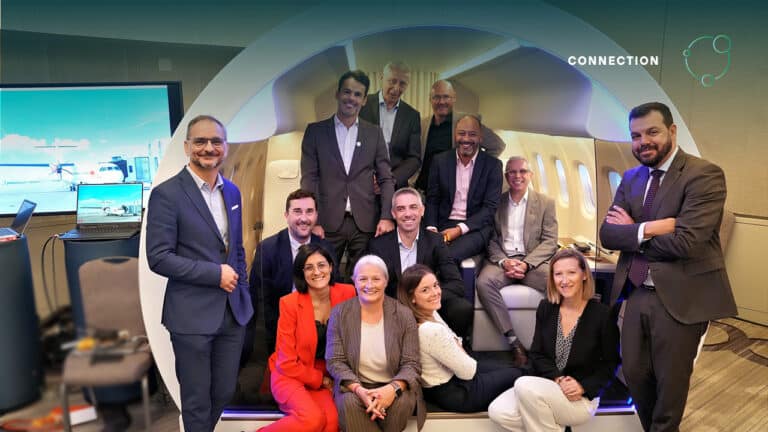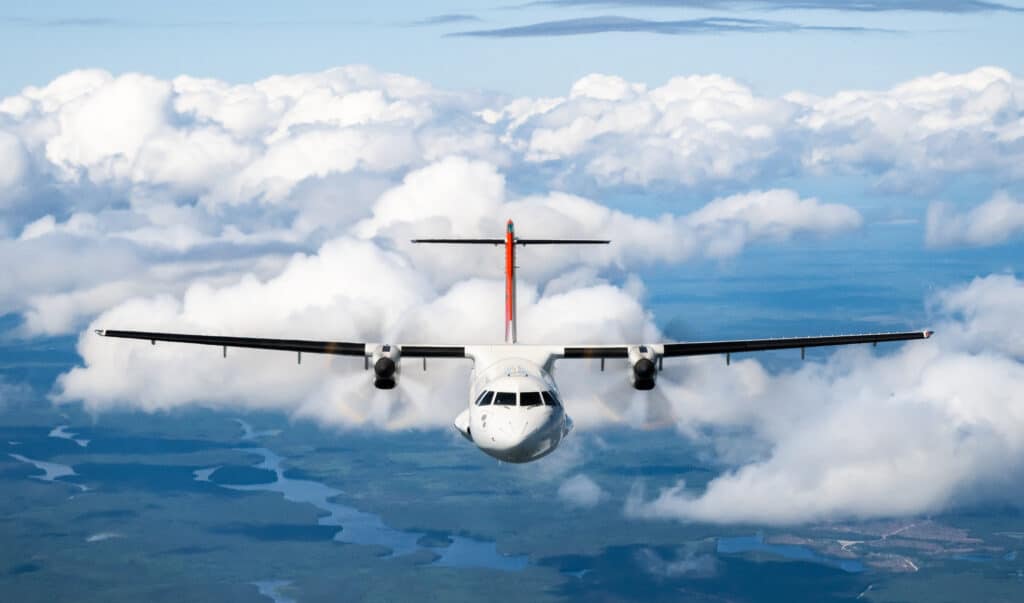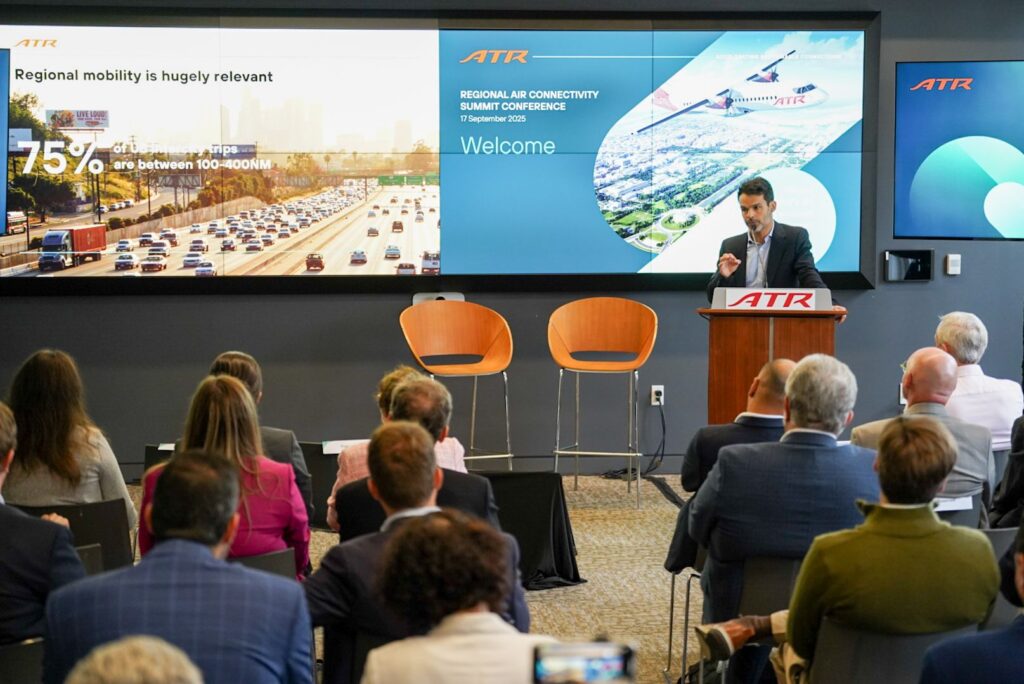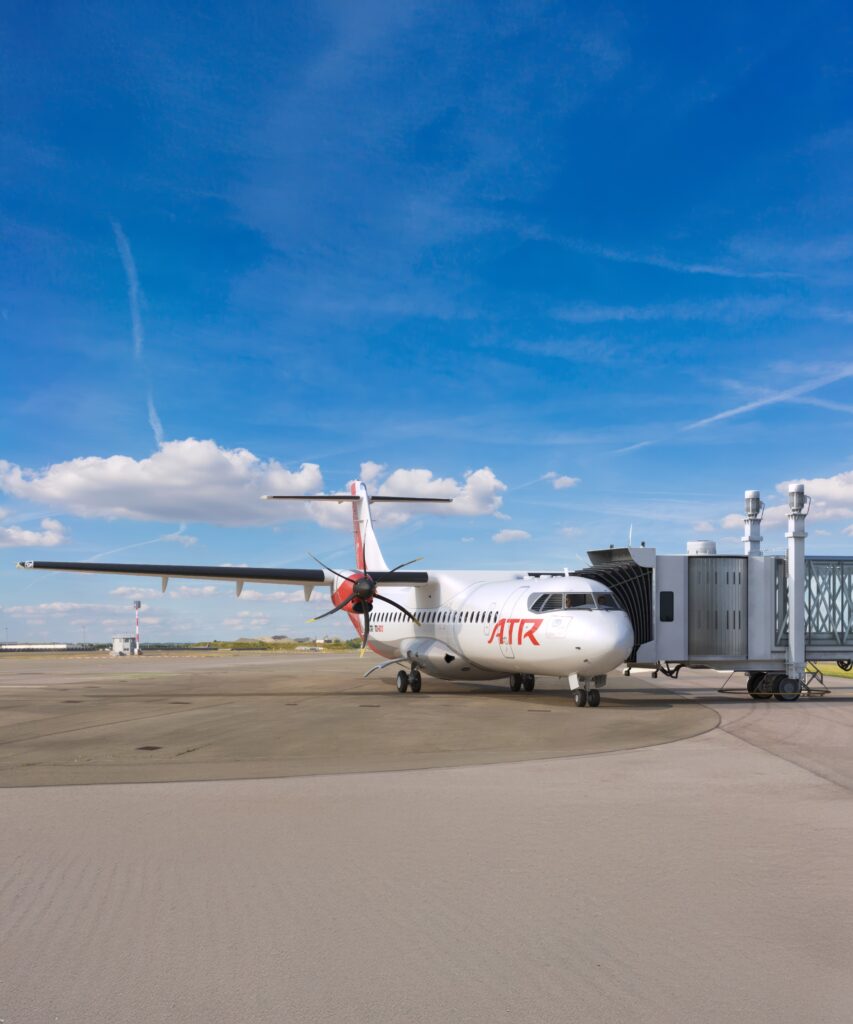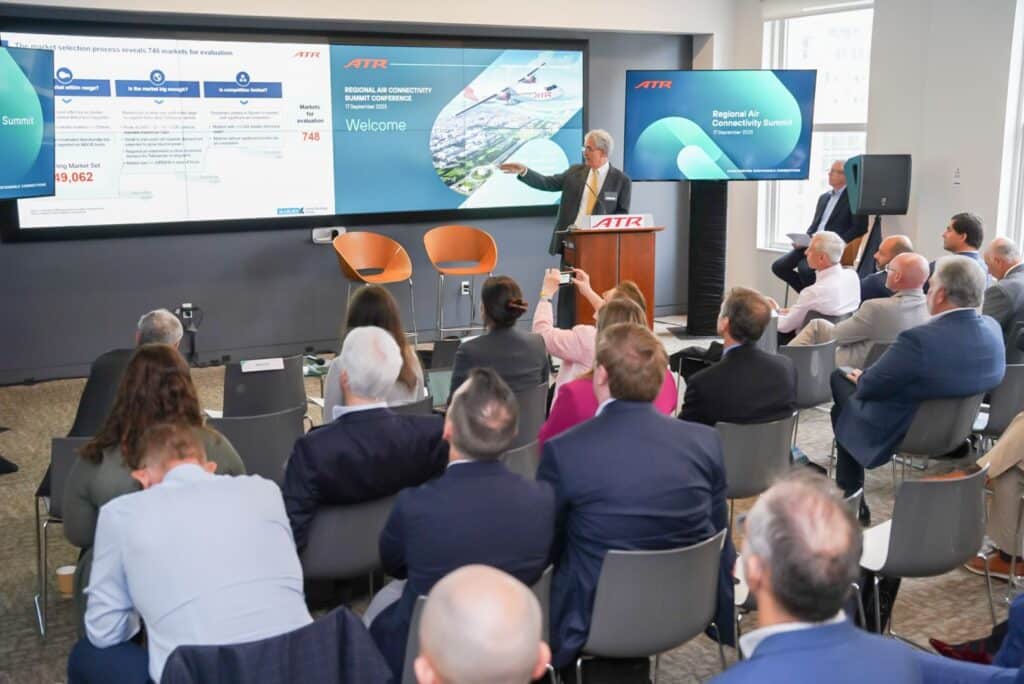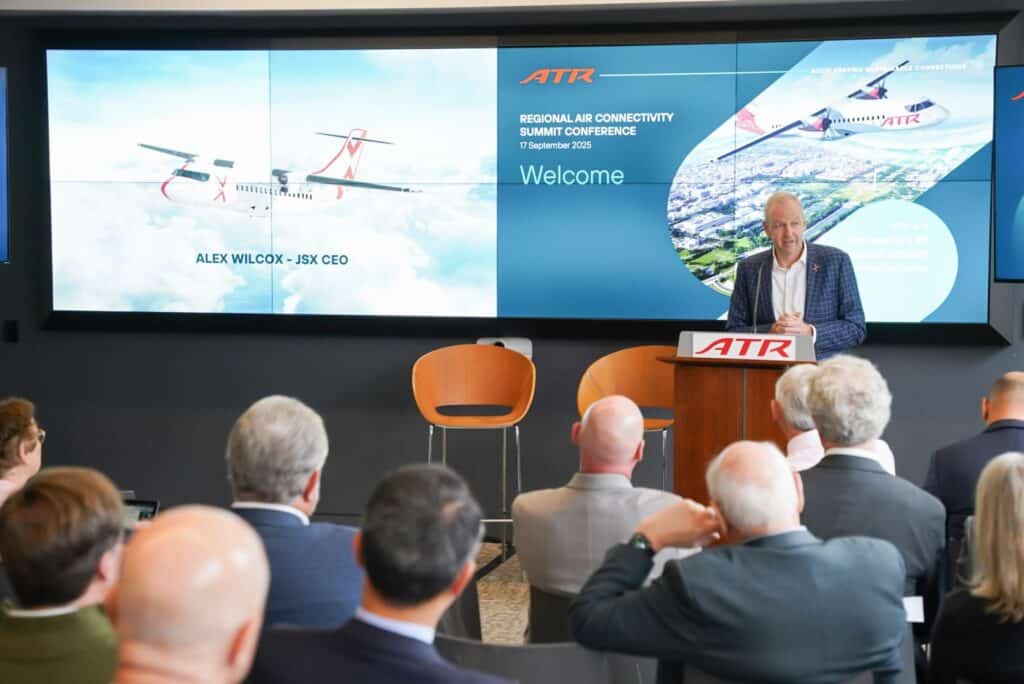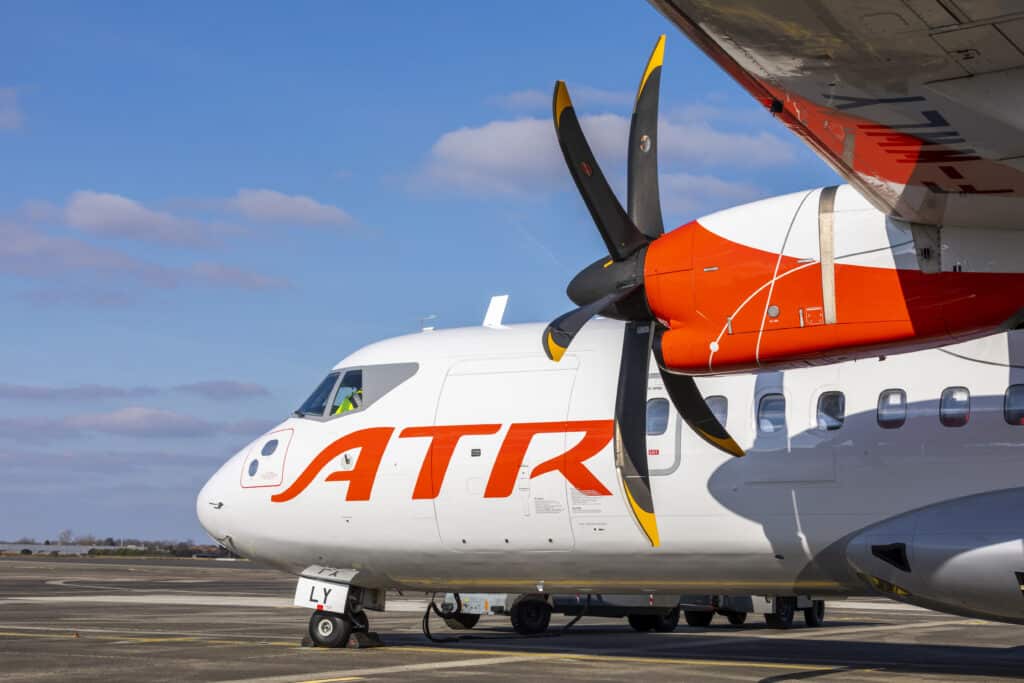ATR Sees Demand for 300 Aircraft in the U.S.
Insights from Georgia Tech and Seabury Airline Strategy Group confirm a strong potential for ATR turboprops to replace aging 50-seat regional jets
- 300 50-seater regional jets expected to retire over the next 10 years
- 12 million more passengers could benefit from air service on new regional routes
- Projected demand for up to 300 aircraft over the next 20 years to meet current and emerging demand, 100 of which stem from a mode shift from ground to air transport.
Washington D.C., 18 September 2025 – New data presented today at the ATR Regional Air Connectivity Summit (RACS) held ahead of the RAA Leaders Conference, show that regional air travel in the United States is at a turning point. ATR is responding with a U.S.-tailored solution that directly addresses this shift, bringing together efficiency and an upgraded passenger experience to meet evolving expectations.
A Growing Connectivity Gap: The Consequences of RJ50 Retirement
A study conducted by Georgia Tech reveals that the retirement of the aging fleet of 50-seat regional jets (RJ50s) is creating a critical void in the U.S. air transport network. With around 300 aircraft expected to exit the market within the next 10 years, almost one in ten regional airports are projected to lose all scheduled air service. This trend threatens to deepen regional isolation, increase travel times, and reduce economic opportunities for underserved areas.
“Our research shows that the retirement of 50-seat jets is not just an airline issue, it’s a national connectivity challenge,” said Dr. Cedric Justin, Senior Researcher at Georgia Tech’s Aerospace Systems Design Laboratory. “Without a viable replacement, entire communities risk being cut off from the air transport network.”
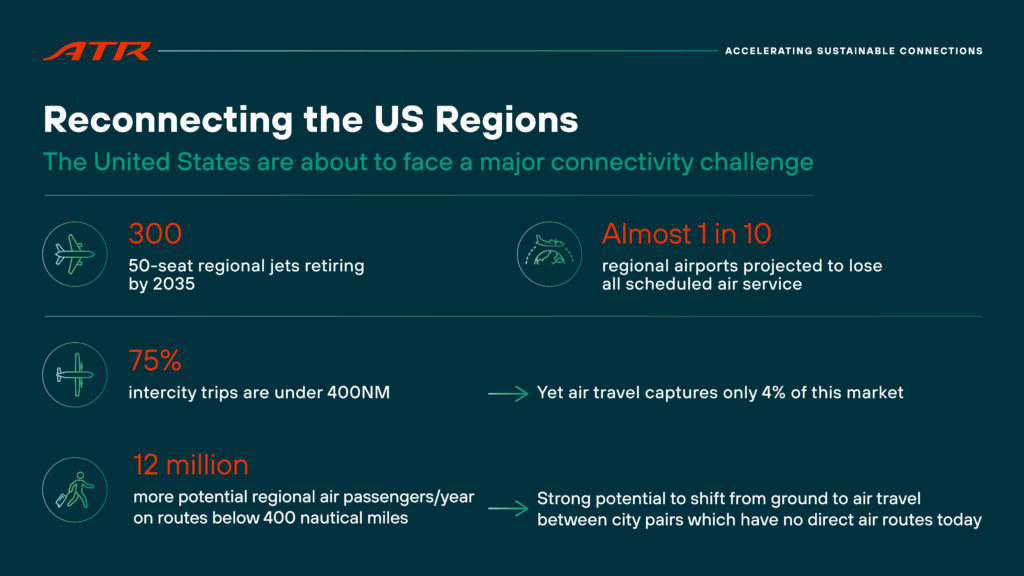
Strong Demand for Regional Connectivity Opens Door for Turboprop Solutions
Despite the decline in 50-seat regional jet operations, the need for regional connectivity remains robust. The analysis of historical and current air networks, including a study conducted by Seabury Airline Strategy Group, identifies a demand for 200 aircraft:
“Routes closed, but demand didn’t go away. We found a market potential of up to 130 routes, now what’s missing is the right aircraft,” said Rich Scheff, Managing Director at Seabury ASG. “Our analysis confirms that a modern, efficient 50-seater like ATR’s can unlock significant value for U.S. airlines and communities alike.”
Additionally, an ATR study of the travel patterns of 80 million U.S. residents, using all modes of transport, highlights demand for at least 100 more aircraft. The study reveals a potential annual market of 12 million more regional air passengers on routes below 400 nautical miles, between city pairs which today have no direct air routes. Altogether, this points to a total projected demand for up to 300 aircraft to meet current and emerging regional mobility needs.
ATR’s Response: A Future-Proof Solution for the U.S. Market
With up to $2 million in annual savings per aircraft and 30% lower fuel and operating costs compared to regional jets, ATR turboprops offer a future-proof solution for restoring regional connectivity across the country.
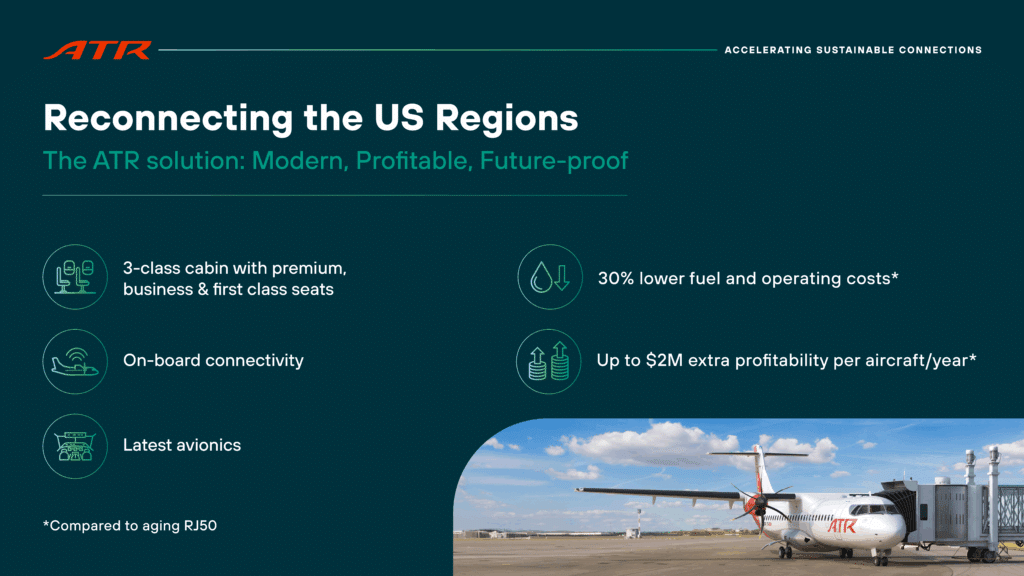
That value is already being recognized by U.S. operators. Recently, Aleutian Airways announced plans to induct ATR aircraft into its fleet, marking a major step forward in reconnecting communities across Alaska. JSX, a U.S. public charter carrier, signed an agreement to begin ATR operations with premium-configured aircraft. With a Letter of Intent for up to 25 ATRs, JSX’s commitment demonstrates growing confidence in the manufacturer’s ability to deliver comfort, efficiency, and access where it’s needed most. This confirms that the U.S. market is ready for a new generation of regional connectivity.
In parallel, in close consultation with key U.S. stakeholders, ATR has defined the optimal 50-seater solution to meet the country’s evolving regional connectivity needs. This aircraft configuration combines proven efficiency with features tailored to the U.S. market: a new triple-class cabin offering comfort comparable to single-aisle jets; a front passenger door compatible with airbridges to streamline boarding; on board high-speed connectivity and generous space for large cabin bags; and a modern cockpit equipped for advanced navigation procedures. With a clear product definition, ATR is actively assessing the appropriate market conditions to proceed.
“The U.S. regional market is at a crossroad,” said Alexis Vidal, Senior Vice President Commercial at ATR. “With 300 regional jets retiring and dozens of communities facing the real possibility of losing air service, this is about more than aircraft. It’s about offering a proven, efficient solution to reconnect communities, and grant them a quick access to economic opportunities throughout the country. It’s about offering airlines an efficient way forward to unlock untapped demand and open new routes profitably, even with fewer passengers. This is not just about replacing aircraft, it’s about revitalizing regional America.”
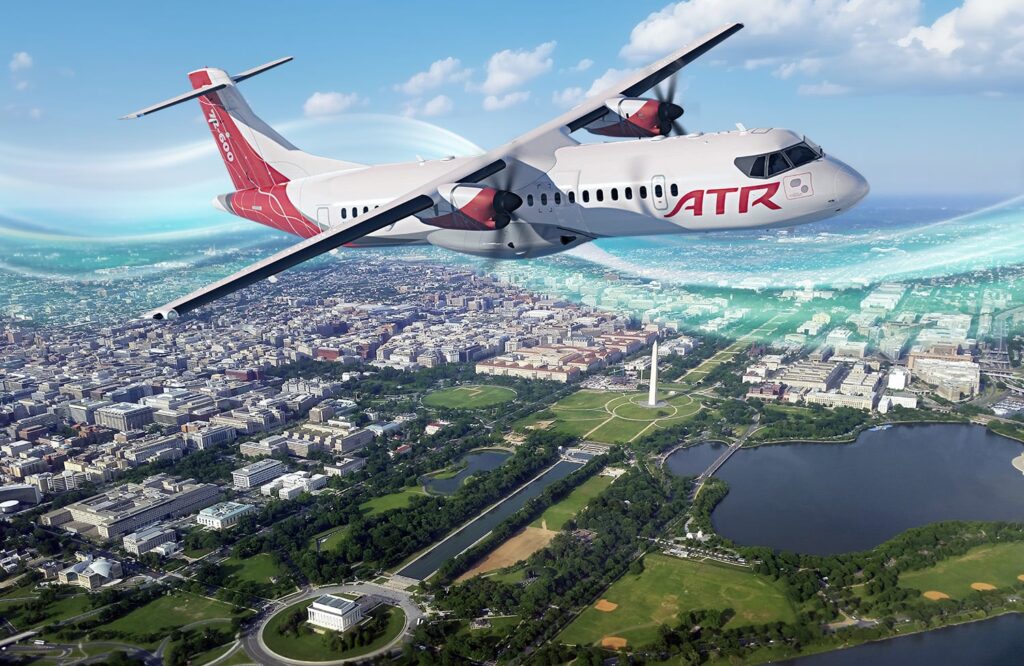
ATR is also actively building the future of regional air travel. By 2030, ATR will fly the world’s first hybrid-electric regional aircraft using an ATR 72-600 test bed, under the EU’s Clean Aviation program. In addition, through its EVO concept, ATR envisions a major leap in efficiency, cost-effectiveness and environmental responsibility by the mid-2030s. The plan foresees a renewal of the propulsion system exploring a hybrid capability, enhanced propellers, improved cabin and systems, all of which will be eco-designed. The twin-engine turboprop is set to offer 100% SAF compatibility.
Press Contacts
Charlotte Giuria
Head of Content
Jeanne Caumont
Content & Media Relations
About ATR
ATR is the world number one regional aircraft manufacturer with its ATR 42 and 72, the best-selling aircraft in the below 90-seat market segment. The unifying vision of the company is to accelerate sustainable connections for people, communities and businesses, no matter how remote. Flown by some 200 airlines in over 100 countries, ATR aircraft open 120 new routes on average every year, facilitating the development of territories and enabling access to crucial services like healthcare and education. Thanks to ATR’s focus on continuous innovation and the intrinsic efficiency of the turboprop technology, ATR aircraft are the most advanced, versatile, cost-effective and lowest-emission regional aircraft on the market, emitting 45% less CO2 than similar-size regional jets. In January 2022, we flew the first ever commercial aircraft using 100% SAF in both engines. ATR is a joint-venture between Airbus and Leonardo.






